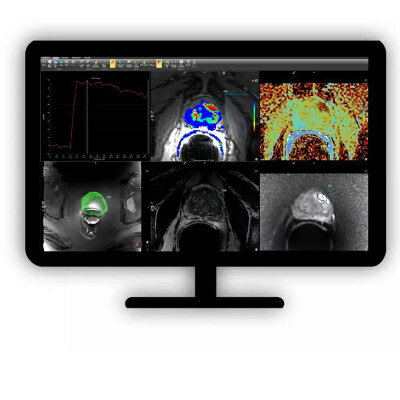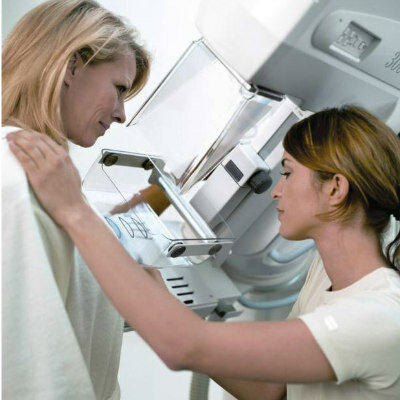Implementation of Radiation Dose Reduction Program Proves Successful
By MedImaging International staff writers
Posted on 14 Nov 2012
A medical imaging facility in California has implemented an effective program focused on radiation dose reduction, slashing exposure to radiation by up to 90% in some cases. Posted on 14 Nov 2012
An article describing the findings was published in the November 2012 issue of the Journal of the American College of Radiology. “In the past decade, there have been unparalleled technological advances and growth in CT [computed tomography] imaging, with many lives saved and more costly and invasive procedures avoided. This growth in CT imaging, however, has also been accompanied by an unavoidable increase in cumulative radiation exposure to the public,” said John O. Johnson, MD, from Imaging Healthcare Specialists (San Diego, CA, USA), and author of the article.
At Imaging Healthcare Specialists, a very effective program of radiation dose reduction was created, and dose savings of up to 90% have been attained in select patients. “Our primary focus was to reduce radiation dose for CT examinations of the chest, abdomen, and pelvis because these constitute the most frequent studies in our practice and those with the highest radiation dose. Ultimately, all imaging protocols were revised,” said Dr. Johnson.
The following dose reduction strategies were developed over months of precise CT dose modifications and imaging analysis: decreased peak kilovoltage; low-dose automatic dose modulation; decreased length of coverage; pitch; and iterative reconstruction and noise reduction software. Moreover, the imaging facility focused on limiting double scans and multiphase exams; conducting low-dose follow-up CT scans; and the use of noise reduction and iterative reconstruction software. In addition, a low-dose strategy for CT-guided biopsies was developed.
“To implement such a program requires dedication, leadership, and commitment. Key components include a lead CT physician, a lead CT technologist, a CT applications specialist, a continuous feedback loop and systems in place to educate staff members and audit compliance,” said Dr. Johnson. “It is possible to perform high-quality CT at a fraction of the radiation dose previously thought possible. Using a combination of dose reduction strategies with or without iterative reconstruction, risks can be minimized, thereby ensuring the health and welfare of our patients.”
Related Links:
Imaging Healthcare Specialists














